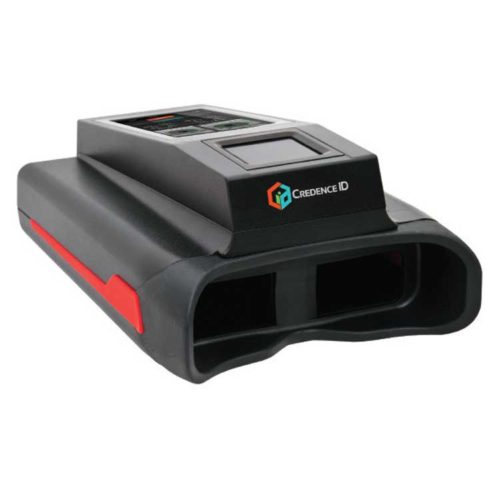A PDA (Personal Digital Assistant), also known as a handheld PC, is a variety mobile device which functions as a personal information manager. PDAs have been mostly displaced by the widespread adoption of highly capable smartphones, in particular those based on iOS and Android.
PDA are used to store contact information, manage calendars, communicate by e-mail, and handle documents and spreadsheets, usually in communication with the user’s personal computer.
The first PDAs were developed in the early 1990s as digital improvements upon the traditional pen-and-paper organizers used to record personal information such as telephone numbers, addresses, and calendars. The first electronic organizers were large, had limited capabilities, and were often incompatible with other electronic systems. As computer technology improved, however, so did personal organizers. Soon companies such as Sharp Electronics Corporation, Casio Computer Company, and Psion PLC developed more-efficient models. Those PIMs, or personal information managers, were more user-friendly and could connect to personal computers (PCs), and they had stylus interfaces and upgrade capabilities. In addition, later versions offered e-mail access and the option to download e-books. These improved devices still faced compatibility issues, however.




